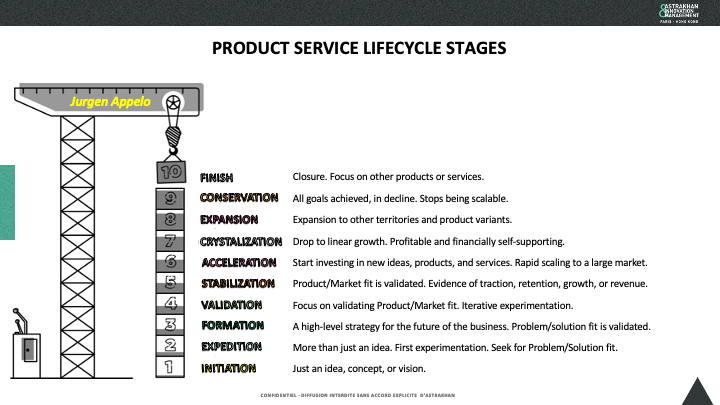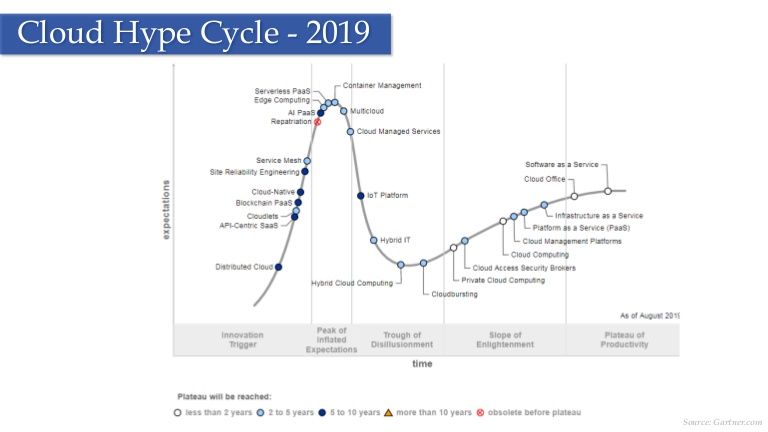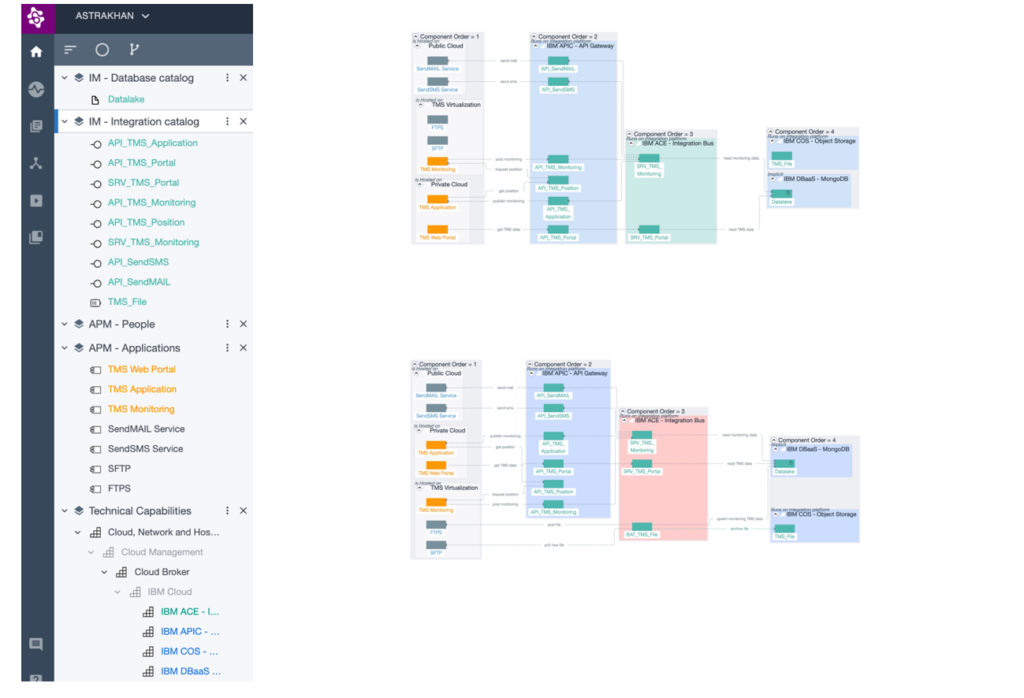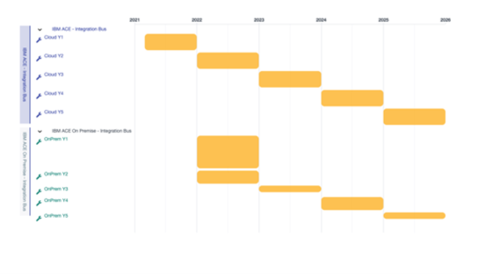Today, the Cloud and the implementation of DevOps practices, are at the forefront of key technologies for Digital Transformation. But how to adapt an Enterprise Architecture approach to the current issue of controlled adoption of the Cloud model? How can an Enterprise Architecture legacy be enriched and used to better address Digital Transformation issues? Read our article below.
Throughout our publications of the last few months, we have shared our convictions regarding the new challenge that Digital Transformation represents for Enterprise Architecture.
We have taken up the new challenges of an agile and collaborative practice of Enterprise Architecture to drive the dual alignment on the changing and unpredictable evolutions of business models and business on the one hand, and technological innovations or best practices on the other, generated by the Digital Transformation.
At the forefront of key technologies for Digital Transformation today, we can find the Cloud and the implementation of DevOps practices to select “off the shelf” services on the market that functionally meet the need. These services offer fluidity and rapid availability of the various services (IaaS, PaaS, SaaS), rapid and automated deployment of applications on these bricks, and the ability to adapt “on-demand” the sizing and more generally the level of service expected.
This technological evolution and this change in practices are based in particular today on the provision and deployment of infrastructure bricks in the form of “managed services” offered by the main providers of the Cloud market, Google, Amazon (AWS), Azure, or IBM.
When this type of solution first emerged, it raised a great deal of interest and expectations in terms of resource optimization, sizing, cost and timing adapted to the demand. This view, no doubt ideal at the time of the discovery of these new solutions, is now confronted with the reality of the field, and with the first feedback from users. The purely reactive approach is proving to be insufficient on the scale of IS management, and it is now necessary to frame it and to be able to anticipate a longer-term evaluation of the sizing and therefore the associated cost.
By projecting the Cloud into a product maturity model, whether inspired by Gartner’s “Hype Cycle” or the life cycle of a business model as defined by J. Appelo, a strategic challenge for the Cloud today is to accelerate its adoption and its transition to the mature state.


And thus avoid a phase of “disillusionment” and reach the plateau of productivity sooner. In other words, to move quickly from a still strategic stage (“formation”) to fully operational and financially viable and winning phases (“crystallization” and “expansion”).
This is where an agile Enterprise Architecture model, driven by the challenges of the Cloud, as outlined above, becomes meaningful and valuable.
In recent articles, we have already discussed the ability of an Enterprise Architecture model to represent both the strategic and business, application and technology, project and implementation views, as well as to highlight the impacts related to a characterization of these elements, a scenario or a roadmap. This is typically what can be done with a Cloud solution to anticipate its sizing and its cost, in the medium or long term.
To illustrate our point, we are inspired by a project we are currently running for a service provider in the transportation sector, aimed at deploying a data hub. The purpose of this data hub is to provide all the business information required by an ecosystem of customers and partners, and to unify the various data sources managed within the multiple business applications: ingestion and transformation of the various information sources to the data hub, synchronization and integration between applications, consultation via API from a portal, and business supervision of all interactions that are carried out via an IBM Cloud integration platform, consisting of an API gateway, an integration bus and operational and analytical data pools.
The first artifact produced is sizing support. In our context, all the services that feed the data pools and ensure integration between applications are deployed on an integration bus, initially planned in the Cloud. The first developments and deployments having shown significant impact in terms of resources, a projection of all the components on the platform within an Enterprise Architecture model has made it possible to simulate situations of overload with respect to the initial sizing.
The modeling of the integration services and their projection on the infrastructure bricks, allows a simple visualization of the reaching or the absence of a criticality level according to the number of deployed components and their impact.

Second artifact: cost control support. At this stage, and given the first simulation, we enrich the Enterprise Architecture model with data on annual license costs according to two deployment options for the integration bus – the first one is in the Cloud, the second one is “on-premise” – to obtain a medium-term projection. The cost over this time frame remains the major criterion for decision making, other classes of criteria are also evaluated such as deployment complexity or strategic impact.
The model of license costs and their relationship to the two options of the integration bus allows to visualize the comparison of annual costs and their evolution over time depending on the option chosen, and thus offers support for decision making and anticipation.

The Enterprise Architecture model also facilitates the extraction of key indicators and their visualization in dashboards.

These few examples, which are deliberately simplified and based on fictitious and non-significant data, have enabled us to illustrate an Enterprise Architecture approach adapted to the current problem of a controlled adoption of the Cloud model.
Through the two types of artifacts proposed here, we also wanted to demonstrate through simple examples how an Enterprise Architecture legacy can be enriched and used to better respond to the challenges of Digital Transformation.
